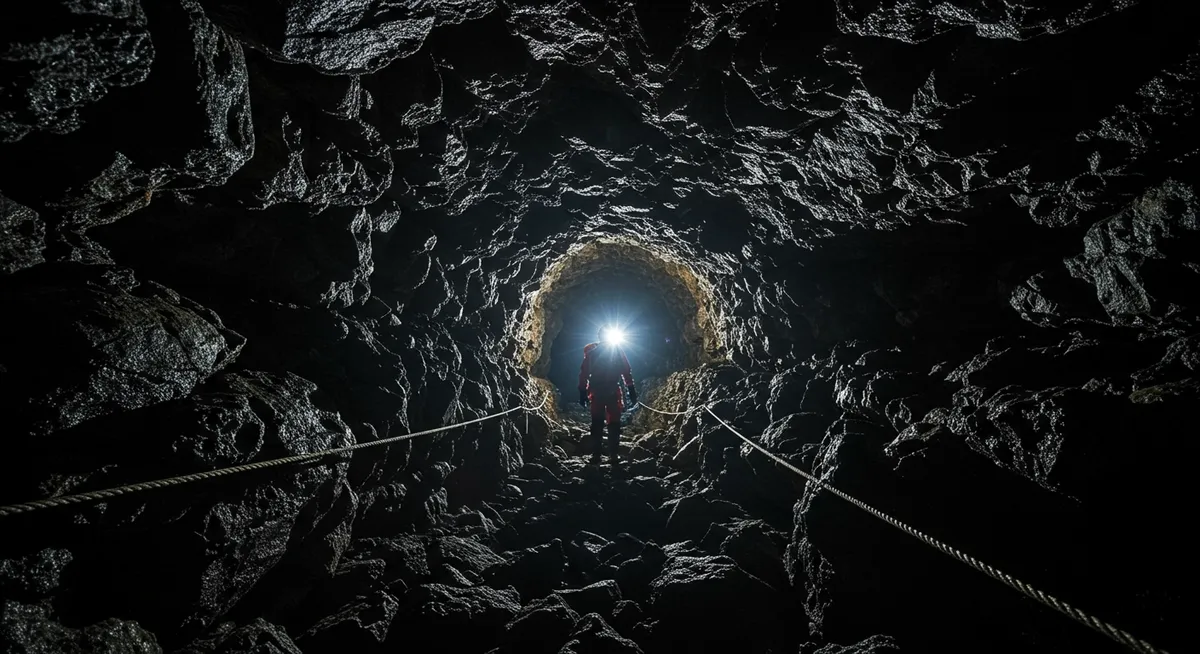
Jeju-si Caves & Lava Tubes: An Exploration Guide
Table of Contents
Want to find the best nature experiences for this destination? Chat with our nature tourism specialist!
Get Nature TipsCategory: jejusi-caves-and-lava-tubes-exploration
Discovering Jeju-si's Subterranean Wonders: A Guide to Caves and Lava Tubes
Having personally delved into the subterranean wonders of Jeju Island, I can attest that exploring its ancient volcanic tunnels offers an unparalleled adventure. Jeju-si, a UNESCO World Heritage site, is globally renowned for its extraordinary geological formations, particularly its fascinating lava tubes and natural caves. This guide is designed to help you prepare for an unforgettable Jeju-si caves and lava tubes exploration, ensuring you make the most of your visit to these incredible underground landscapes. Prepare to step into a world shaped by powerful volcanic forces over millennia.
The Geological Marvels: What Makes Jeju's Caves Unique?
Jeju Island's geological heritage is truly exceptional, distinguished by its vast network of lava tubes—natural conduits formed by flowing molten lava. These magnificent structures, recognized as a UNESCO World Heritage site, provide a unique window into the island's fiery past. Unlike typical caves, lava tubes like Manjanggul Cave are characterized by their smooth walls and distinct geological features, including lava stalagmites and stalactites. My own visits have revealed the sheer scale and beauty of these formations, offering a profound appreciation for natural history. Exploring these unique structures is a highlight of Jeju's nature attractions. Embarking on a Jeju-si caves and lava tubes exploration offers insights into the planet's dynamic processes.
Top Jeju-si Caves & Lava Tubes to Explore
Among Jeju-si's myriad underground wonders, Manjanggul Cave stands out as a must-visit for any Jeju-si caves and lava tubes exploration. This impressive lava tube, stretching over 7.4 km, allows public access to approximately 1 km of its pristine interior. Visitors will encounter stunning formations like the world's tallest lava column. For a broader perspective on Jeju's appeal, consider our main travel site. Another notable site, though less accessible, is Gimnyeonggul Cave, known for its intricate passages. I vividly recall the cool, consistent temperature inside Manjanggul, a welcome respite on a hot day. Always check official opening hours and availability before your visit, as conditions can occasionally change.
Essential Tips for Your Jeju-si Caves Exploration
To ensure a safe and enjoyable Jeju-si caves and lava tubes exploration, proper preparation is key. Wear sturdy, non-slip walking shoes, as cave floors can be uneven and damp. The temperature inside the caves remains constant and cool, around 11-14°C, so bring a light jacket even on warm days. I always recommend arriving early, especially during peak season, to avoid crowds and fully immerse yourself in the experience. While the pathways are generally well-maintained, expect low lighting in certain areas. Consider combining your cave visit with nearby outdoor activities, like exploring Jeju-si's best hiking trails, for a full day of adventure.
Beyond the Caves: Complementary Jeju-si Attractions
Your Jeju-si caves and lava tubes exploration can easily be integrated into a broader itinerary, exploring the island’s diverse natural beauty. After emerging from the cool depths of a lava tube, consider visiting iconic landmarks like Seongsan Ilchulbong Tuff Cone, a stunning volcanic crater offering panoramic views, or venturing further into Hallasan National Park for scenic trails. I've found that pairing a subterranean adventure with above-ground natural wonders creates a truly holistic Jeju experience. These complementary sites highlight the island's unique geological narrative, making your journey even more enriching and memorable.
Frequently Asked Questions
Are Jeju-si's lava tubes accessible to everyone?
What is the best time of year to visit the caves?
Do I need a guide for Jeju-si caves and lava tubes exploration?
Embarking on a Jeju-si caves and lava tubes exploration is an unparalleled journey into the island’s ancient volcanic heart. These magnificent subterranean landscapes offer not only breathtaking sights but also a profound connection to Jeju’s geological past. By understanding their unique characteristics and preparing adequately, you ensure a safe and enriching experience. Whether you’re marveling at Manjanggul's lava columns or simply enjoying the cool, quiet depths, these natural wonders are a highlight of any Jeju adventure. Start planning your immersive visit to Jeju-si’s incredible underground world today!